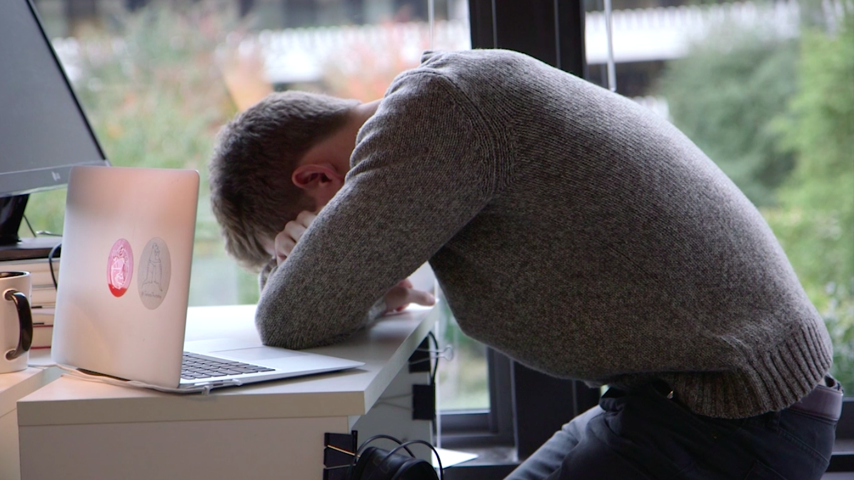
Everyone loves a good nap. Although we live in a culture where little kids and older people seem to have cornered the market on napping, the fact remains that everyone can benefit from a good nap. Even a nap that’s only 20 to 30 minutes long, also known as the “power nap,” can replenish your brain and body, taking your performance and alertness up a notch for the rest of the day, without messing up your sleep cycle.
And boy, could we use more rest. According to a recent Gallup poll, 40 percent of adults aren’t getting enough sleep. Although what constitutes “enough sleep” differs for everyone, sleep experts feel that adults should get between seven and eight hours of sleep a night. Not only is sleep important in keeping us from being cranky a-holes all day long, but it can also aid in lowering blood pressure, and help with obesity and diabetes.
Naps, in particular, have been found to improve memory and learning capabilities, as well as make us more creative people. There’s a reason that some companies have nap rooms, and it’s because they know that naps are an important part of keeping their employees in tip-top condition and ready to take on a new project with fresh minds.
But napping can be difficult for those of us who don’t take them regularly. The thought of going to sleep for a short while then getting up again can feel like a foreign concept, and that’s understandable. However, with all the benefits that come from napping it’s about time you learn how to do it.
1. Aim To Nap Between 1 And 3 p.m.
Based on our sleep cycle, we’re most tired from 2 a.m. to 4 a.m., then again at 1 p.m. to 3 p.m. Since you should probably be asleep anyway from 2 a.m. to 4 a.m., (unless you work the night shift), then napping anywhere between 1 p.m. and 3 p.m. is best. (Apparently, between 1 p.m. and 1:30 p.m. is best for morning people, and between 2 p.m. to 2:30 p.m. is best for night owls.)
Not only will you be sleepy then, making it easier to drift off, but it's still early enough in the day so it won’t interfere with your bedtime routine.
2. Prep Your Sleep Environment
When it comes to napping, having the right environment is your most important weapon. You want a place where you won’t be distracted, and where you’re able to comfortably lie down. You don’t necessarily need a bed to nap, but you do need an environment that’s conducive to napping. (If we learned anything from George Costanza, it’s that you can even nap under your desk.)
Also, according to one study, hammocks make for ideal napping spots because of the gentle swinging, so if you have a hammock handy, go to it.
3. Make Things As Dark As Possible
Studies have found that sleep patterns tend to follow darkness. Although our ancestors didn’t sleep for eight hours a day like do, but rather in shorter blocks of time, they still slept at night, because, obviously, it’s easier to sleep in the dark.
For your nap, you want to make it as dark as possible. If you don’t have something to keep the sunlight out, then use a sleeping mask. You’ll feel like Holly Golightly in the process.
4. Find Some White Noise
Whenever I sleep, even if it’s in the dead of winter, I always have a fan on. I like to think the white noise of the fan lulls me to sleep, but the reality is that’s blocking out the epic, non-stop noises of the Lower East Side.
Whether you choose a fan, a machine that provides you the sound of waves, or the 10-hour long "Celestial White Noise" video on YouTube, white noise will definitely help in your getting to sleep faster because it will dull the chaotic sounds of the outside world.
5. Don't Let Yourself Sleep Too Long
By definition, a power nap is 20 to 30 minutes. But if you feel like you need or want more, then you can up it to about 45 minutes. If you nap much more than that, you can suffer from "sleep drunkeness," which totally defeats the whole purpose of napping.
You're napping to better your brain and body, not to make yourself feel even more off than you did before your nap, so keep it short and sweet.

Images: lauren rushing/Flickr; Giphy(5)